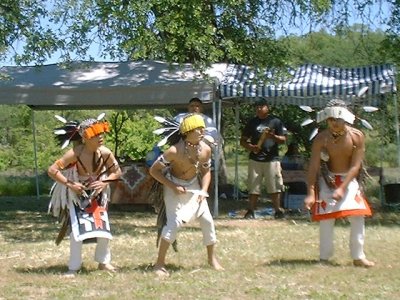- Editor
- Posted On
Bill to clarify election code passes committee
SACRAMENTO – A key Senate committee gave unanimous approval Wednesday to SB 813, a bill by Sen. Patricia Wiggins (D-Santa Rosa) to clarify state elections code.
Specifically, the bill would clarify that a provision in the state elections code pertaining to the death of a candidate prior to a vote of the people applies only to primaries and not runoff elections.
A statement from Wiggins' office said the bill is meant to prevent a repeat of the 2006 Mendocino County District Attorney's Race. In that instance, incumbent Norm Vroman died 47 days prior to the November runoff, a situation which led to a long and controversial election.
Existing law provides that when a candidate dies after the 68th day before the election, the votes cast for the deceased candidate are to be counted in determining the results of the election for that office.
If the deceased candidate receives a majority of the votes cast for the office, he or she shall be considered elected and the office to which he or she was elected shall be vacant at the beginning of the term for which he or she was elected. The vacancy shall be filled in the same manner as if the candidate had died subsequent to taking office for that term (Elections Code Section 15402).
However, there's another twist to election law. If an incumbent runs for a nonpartisan state or local office against only one other candidate, and either of the two candidates dies after the 68th day before the election, the law states that another election can't be held. If it is, the ballots will be declared void.
In those circumstances, a special election is required when the death of either candidate occurs. This provision is located in an area of the Elections Code (Section 8026) that pertains only to primary elections and was never intended to apply to runoff elections. The Wiggins bill merely seeks to clarify that intent.
Section 8026: History
Elections Code Section 8026 was enacted in 1988 in response to the 1986 election for San Mateo County Sheriff. The popular incumbent, Brendon Maguire, drew only one opponent, who was considered by some observers to be unqualified for the office.
After the close of the nomination period but prior to the primary election, Maguire died. Fearing that an unqualified person might be elected sheriff, then-Assemblyman Lou Papan authored successful urgency legislation (AB 2739 of 1986) to cancel the election and require a new one.
However, AB 2739 was overturned by the State Supreme Court and the election between the deceased sheriff and the challenger proceeded. Sheriff Maguire won the election with nearly 80 percent of the vote. The office was eventually declared vacant and a special election was held to fill it.
In order to prevent the possibility that such a situation could result in an unqualified candidate winning a future nonpartisan election, the Legislature enacted Section 8026, which cancels a primary election if the incumbent has only one challenger and one of them dies prior to the primary.
That legislation, AB 2582 of 1988, was not intended to address runoffs, the reasoning being that if a challenger is able to force a runoff against an incumbent, that challenger must be deemed qualified for the office in the eyes of the electorate.
A case in point: The recent Mendocino election
The 2006 election for Mendocino County District Attorney featured three candidates running in the June primary: incumbent Norm Vroman, attorney and former deputy D.A. Meredith Linott and Myron Sawicki.
Vroman received 36.08 percent of the vote, Sawicki received 21.77 percent and Linott received the most votes at 42.01 percent. Since no candidate received a clear majority of the votes (50 percent plus one), a runoff was scheduled between Vroman and Linott.
Vroman died of a heart attack just 47 days prior to the runoff. Given that it was a runoff election the county invoked a provision of the election code (Section 15402) requiring that the ballots be counted. The county was subsequently sued, however, over whether the provision rendering the election null and void (Section 8026) should have been invoked instead.
The Appellate Court ruled against the county and ordered a special election be held that negated the primary, setting a new precedent given the intent and history of Section 8026.
Fixing the Problem: SB 813
“In light of the turmoil resulting from the 2006 Mendocino County D.A. race and the subsequent lawsuit and court ruling, I introduced SB 813 to clarify that Section 8026 of the Elections Code does indeed apply only to primary elections,” Wiggins said.
“Furthermore, my bill would clarify that if a candidate dies within 68 days of a runoff election, Section 15402 applies to govern the results of that election,” she added. “The Legislature never intended Section 8026 to apply to runoff elections and doing so results in unnecessary costs, delays, and added confusion for voters.”
For more about Wiggins' bills or to contact her office, visit http://dist02.casen.govoffice.com/.
{mos_sb_discuss:2}

 How to resolve AdBlock issue?
How to resolve AdBlock issue? 









